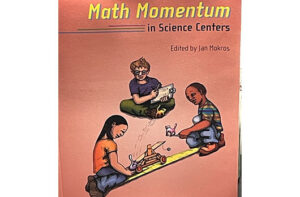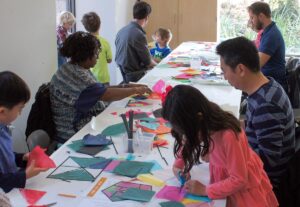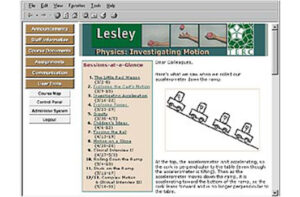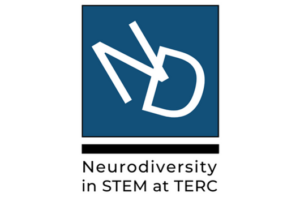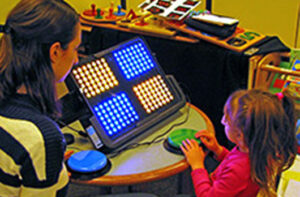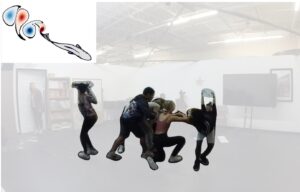Experimental and quasi-experimental designs in visitor studies
Scott Pattison, Josh Gutwill, Ryan Auster, & Mac Cannady
Visitor Studies, 22(1), PP.43–66
Summary
Identifying causal relationships is an important aspect of research and evaluation in visitor studies, such as making claims about the learning outcomes of a program or exhibit. Experimental and quasi-experimental approaches are powerful tools for addressing these causal questions. However, these designs are arguably underutilized in visitor studies. In this article, we offer examples of the use of experimental and quasi-experimental designs in science museums to aide investigators interested in expanding their methods toolkit and increasing their ability to make strong causal claims about programmatic experiences or relationships among variables. Using three designs from recent research (fully randomized experiment, post-test only quasiexperimental design with comparison condition, and post-test with independent pre-test design), we discuss challenges and trade-offs related to feasibility, participant experience, alignment with research questions, and internal and external validity. We end the article with broader reflections on the role of experimental and quasi-experimental designs in visitor studies.

Related People:
Scott Pattison


